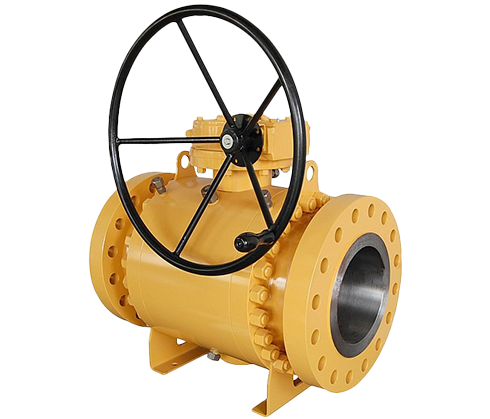2025-06-16
Pneumatic actuated ball valves combine the robust sealing characteristics of ball valves with the automation advantages of pneumatic actuators. These valves are extensively employed in industries requiring rapid on/off control or modulating flow under automated systems. To maximize their service life and performance, several practices should be followed.

Proper installation is crucial. Ensuring alignment between the valve and actuator minimizes mechanical stress that can bring about premature wear. The valve should be installed with adequate support to prevent undue forces on the stem or body.
Regular maintenance is vital for longevity. This includes periodic inspection of seals, seats, and the actuator components. Lubrication of moving parts, especially in the actuator, reduces friction and prevents corrosion. Actuator air supply should be clean, dry, and properly regulated to avoid contamination or pressure fluctuations that could impair valve operation.
Monitoring operational parameters such as torque and cycle frequency helps detect early signs of wear or malfunction. Excessive torque may indicate seal damage or debris buildup, while unusual cycle rates could signal control system issues.
Material compatibility is another factor influencing durability. Pneumatic actuated ball valves should be selected based on the fluid characteristics, temperature, and pressure to ensure the valve materials can withstand the operating environment.
Finally, investing in quality components and adhering to manufacturer guidelines for installation and maintenance ensures performance and extends service life. Proper training for operators and maintenance personnel further reduces operational errors.
Safety exhaust ball valves are essential in chemical processing plants where handling corrosive substances demands stringent safety and durability standards. These valves control the release of excess pressure or unwanted gases safely, preventing hazardous situations such as explosions or toxic leaks.
The primary challenge in using safety exhaust ball valves with corrosive media is ensuring the valve's material can resist chemical degradation. Materials such as stainless steel, Hastelloy, or other corrosion-resistant alloys are commonly employed. Additionally, seats and seals are made from PTFE, FKM, or other chemically inert polymers that maintain sealing integrity despite exposure to aggressive chemicals.
Valve design also emphasizes dead space where corrosive fluids can accumulate and cause localized corrosion or blockage. Precision machining and surface treatments enhance corrosion resistance and prevent surface degradation.
To maintain safety, safety exhaust ball valves incorporate reliable sealing mechanisms to prevent leakage under both normal and emergency conditions. Some designs include double sealing or secondary containment to enhance reliability.
Regular inspection and maintenance schedules are crucial, focusing on detecting wear, seal deterioration, and corrosion. Automated monitoring systems may be integrated to provide real-time feedback on valve status, enabling preventive actions before failure.
Proper installation with attention to orientation and accessibility facilitates safe operation and maintenance. Operators should be trained on emergency protocols and the specific requirements of handling corrosive substances.
Safety exhaust ball valves designed with appropriate materials and maintenance strategies ensure safe and effective management of corrosive substances in chemical processing, protecting personnel, equipment, and the environment.
Safety exhaust ball valves designed for corrosive environments play a crucial role in hazard mitigation by ensuring reliable venting and containment. By focusing on durability and safety, industries can achieve efficient and secure operations while risks associated with valve failure or chemical exposure.